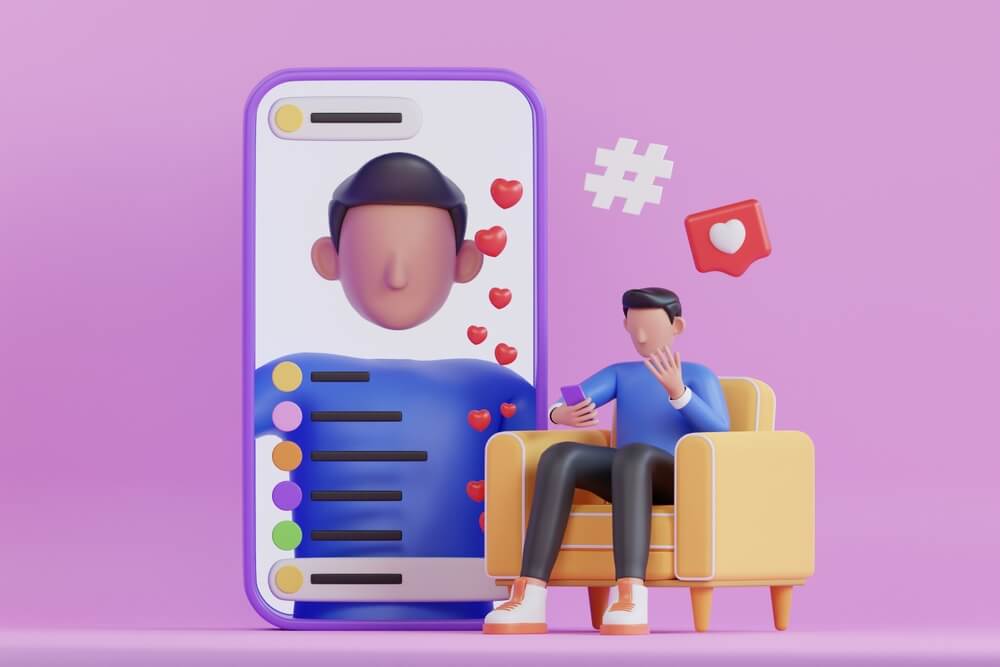In today’s hyper-connected world, your personal brand is more than just a digital footprint—it’s your reputation, your voice, and your influence. Whether you’re a freelancer, entrepreneur, or corporate professional, implementing personal branding strategies is essential to stand out, build trust, and attract opportunities. In this article, we’ll explore 7 powerful personal branding strategies to increase your influence, backed by examples, insights, and actionable tips.
Table of Contents
What Is Personal Branding and Why Does It Matter?
Personal branding is the intentional effort to shape how others perceive you. It’s about showcasing your values, expertise, and personality in a way that resonates with your audience. According to a study by CareerBuilder, 70% of employers screen candidates via social media before hiring. That means your online presence can make or break your professional opportunities.
When done right, personal branding:
- Builds credibility and trust
- Differentiates you from competitors
- Attracts clients, collaborators, and employers
- Amplifies your voice and message
Let’s dive into the personal branding strategies that can help you achieve all of this—and more.
Strategy 1: Define Your Brand Identity
Before you post a single thing online, you need clarity. Ask yourself:
- What do I want to be known for?
- What values drive my work?
- Who is my target audience?
Action Steps:
- Write a personal brand statement (e.g., “I help creators build authentic brands through design and storytelling.”)
- Choose 3–5 brand pillars (e.g., creativity, authenticity, leadership)
- Align your tone, visuals, and messaging with these pillars
Example: Simon Sinek’s brand revolves around leadership and purpose. His consistent messaging—“Start with Why”—has made him a global thought leader.
Strategy 2: Optimize Your Online Presence
Your digital footprint is your first impression. Make it count.
Key Platforms:
- LinkedIn: Optimize your headline, summary, and featured section
- Personal Website: Create a portfolio, blog, and contact page
- Social Media: Use consistent visuals and bios across platforms
SEO Tip:
Use your focus keyword “personal branding strategies” naturally in your bio, blog posts, and page titles to improve visibility.
Example: Check out Harvard Business School’s guide to personal branding for insights on crafting a compelling online identity.

Strategy 3: Create Valuable Content
Content is the engine of influence. It educates, inspires, and builds trust.
Content Ideas:
- Blog posts (like this one!)
- LinkedIn articles
- Instagram carousels
- YouTube videos
- Podcasts
Tips:
- Share personal stories and lessons learned
- Use visuals made in Canva to enhance engagement
- Repurpose content across platforms
Example: Gary Vaynerchuk built his brand by documenting his journey and sharing marketing advice daily. His content is raw, relatable, and consistent.
Strategy 4: Engage with Your Audience
Branding isn’t broadcasting—it’s a conversation.
Engagement Tactics:
- Reply to comments and DMs
- Ask questions in your posts
- Join niche communities and forums
- Collaborate with peers and influencers
Pro Tip:
Use LinkedIn groups or Twitter chats to connect with professionals in your field.
Example: Peter Economy, writing for Inc.com, emphasizes meaningful engagement as a top strategy for building influence.
Strategy 5: Showcase Your Expertise
People trust experts. Show them what you know.
How to Do It:
- Share case studies or client success stories
- Speak at webinars or conferences
- Write guest posts for industry blogs
- Offer free resources (e.g., templates, guides)
Tools:
- Use Canva to design branded PDFs and infographics
- Create a media kit with your bio, headshot, and speaking topics
Example: Jay Baer uses his colorful suits and thought leadership to stand out. His visual branding is instantly recognizable and reinforces his expertise.
Strategy 6: Be Consistent Across Channels
Consistency builds recognition and trust.
What to Keep Consistent:
- Profile photos and banners
- Brand colors and fonts
- Messaging and tone
- Posting schedule
Tip:
Use a content calendar to stay organized and maintain frequency.
Example: Vanessa Lau’s brand is built on consistency. Her YouTube thumbnails, Instagram posts, and website all reflect her signature style and messaging.
Strategy 7: Measure and Refine Your Brand
Your brand is a living asset. Track its performance and evolve.
Metrics to Monitor:
- Website traffic and bounce rate
- Social media engagement
- Email open rates
- Keyword rankings
Tools:
- Google Analytics
- Rank Math SEO plugin
- LinkedIn analytics
- Canva insights (for shared designs)
Tip:
Conduct a quarterly brand audit. Ask peers for feedback and adjust your strategy accordingly.
Bonus: Tools and Templates to Elevate Your Brand
Here are some free and paid resources to support your branding journey:
| Tool | Purpose |
|---|---|
| Canva | Design visuals, templates, and social media graphics |
| Rank Math | Optimize blog posts for SEO |
| Grammarly | Ensure clear and professional writing |
| Notion | Plan content and track goals |
| LinkedIn Creator Mode | Boost visibility and engagement |
Final Thoughts: Your Brand, Your Influence
Building a personal brand isn’t about being perfect—it’s about being intentional. These personal branding strategies are designed to help you grow your influence, connect with your audience, and unlock new opportunities.
Start small. Stay consistent. And remember: your brand is your legacy.
💬 Let’s Connect
Which of these strategies are you already using? Drop a comment below, share this post with your network, or follow me on LinkedIn for more branding insights.
1. What are personal branding strategies?
Personal branding strategies are techniques used to shape how others perceive you, both online and offline. These include defining your brand identity, creating content, engaging with your audience, and maintaining consistency across platforms.
Why is personal branding important?
Strong personal branding builds trust, helps you stand out in your industry, and increases your influence. It’s essential for freelancers, entrepreneurs, and professionals who want to attract the right opportunities.
How do I start personal branding from scratch?
Begin by identifying your strengths, values, and target audience. Then craft a personal brand statement, optimize your online profiles, and start sharing content that reflects your expertise and voice.
Can personal branding help me get more clients or job offers?
Absolutely! People are more likely to work with or hire someone they perceive as credible and authentic. Well-executed personal branding strategies can improve your visibility and highlight your professional value.
What platforms are best for personal branding?
LinkedIn, personal websites or blogs, Instagram, and YouTube are highly effective. Choose platforms where your target audience spends time and align your messaging across all channels.





